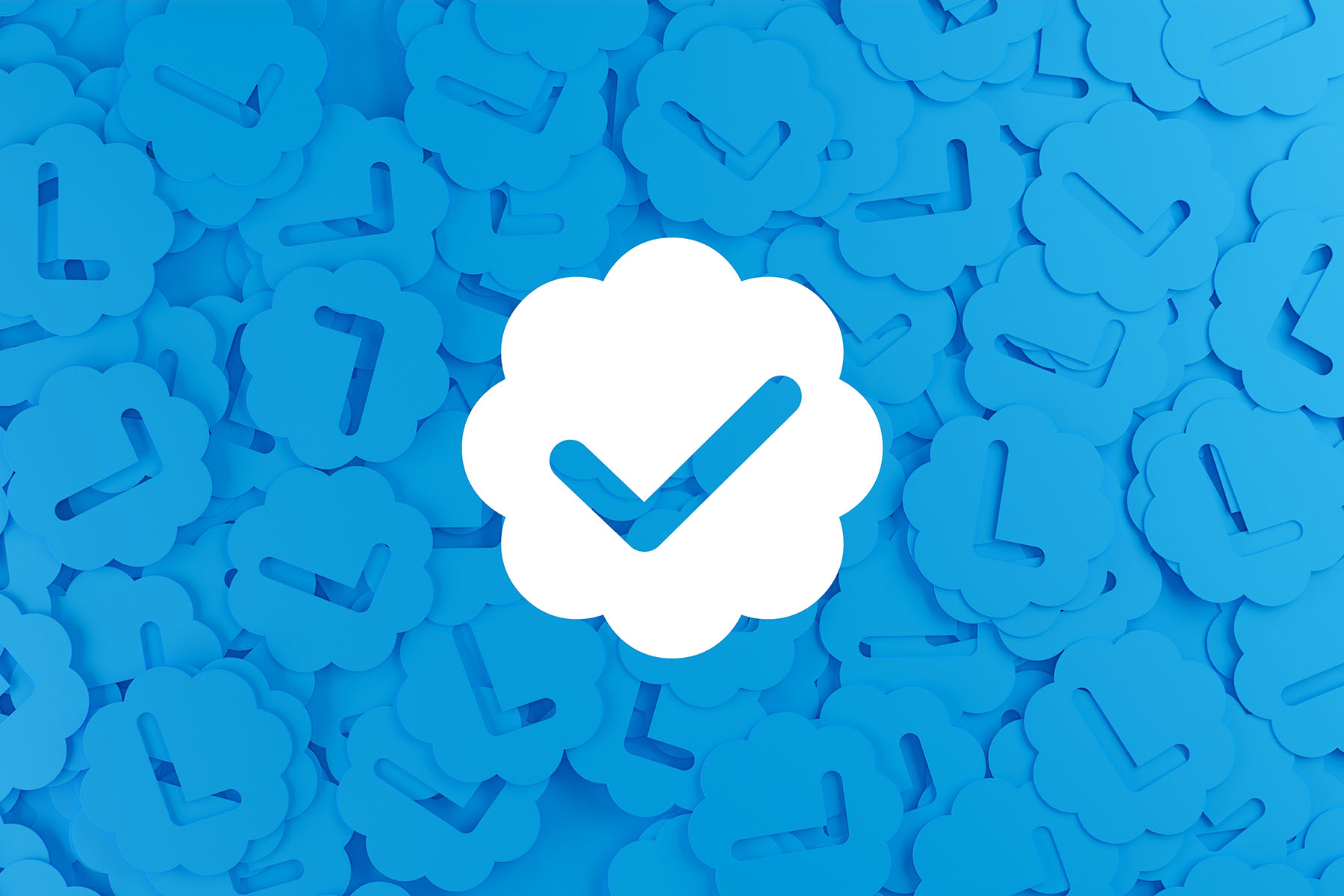For more than a decade now, healthcare professionals (HCPs) have used Twitter to share information from conferences, spotlight or disseminate new research, share medical content, connect with other professionals, and stay on top of the latest trends in the industry. Pharma marketers also see the platform as a great asset to their marketing strategies, often relying on Twitter to engage their audience, spread their message, and build customer relationships. However, as Twitter’s future remains uncertain, significant concerns have been raised about the platform’s instability forcing many major pharma companies to halt ad spending and reevaluate their marketing strategies within the platform.
According to a recent marketing data analysis published on November 22, more than one third of Twitter’s top 100 clients had not advertised on the platform in the past two weeks, including big names in the pharma industry.1 The platform’s credibility is on a fast downfall, and the lack of trust in it compromises a valuable networking source for HCPs and an ad strategy component for marketers.
What to Look for in an Advertising Platform
Recent changes to Twitter’s verification system have opened the door for fraudulent accounts, increasing the likelihood of pharma messages not reaching the right audience and even increasing the risk of messages appearing alongside a conspiracy theory or hate speech, which endangers the integrity of a brand. Simultaneously, Twitter’s workforce continues to erode and significant bot issues continue, compounding companies’ reasons to pull spending from the platform until the situation has been stabilized and actions are in place to ensure companies can effectively guard against such risks.
It’s essential for brands to feel confident in the credibility of their advertising platform and know that their advertising budgets are not getting lost in a sea of noise and unverified users. Luckily, it’s entirely possible to continue a well-rounded omnichannel approach to reach the right audience using other trusted platforms. Not only is it possible, but it will be necessary in order for pharma companies and their marketing agencies to keep up with key performance indicators (KPIs) in 2023.
As marketers develop their 2023 media plans and look to effectively navigate the changes in the digital landscape, they should consider platforms that can deliver verified audiences, leveraging crisp messages with calls to action leaning in on scientific voice, and prioritizing nimbleness—always having a Plan B, C, and even D should something change.
Reference:
1. https://www.washingtonpost.com/technology/2022/11/22/twitter-advertiser-exodus-musk.








